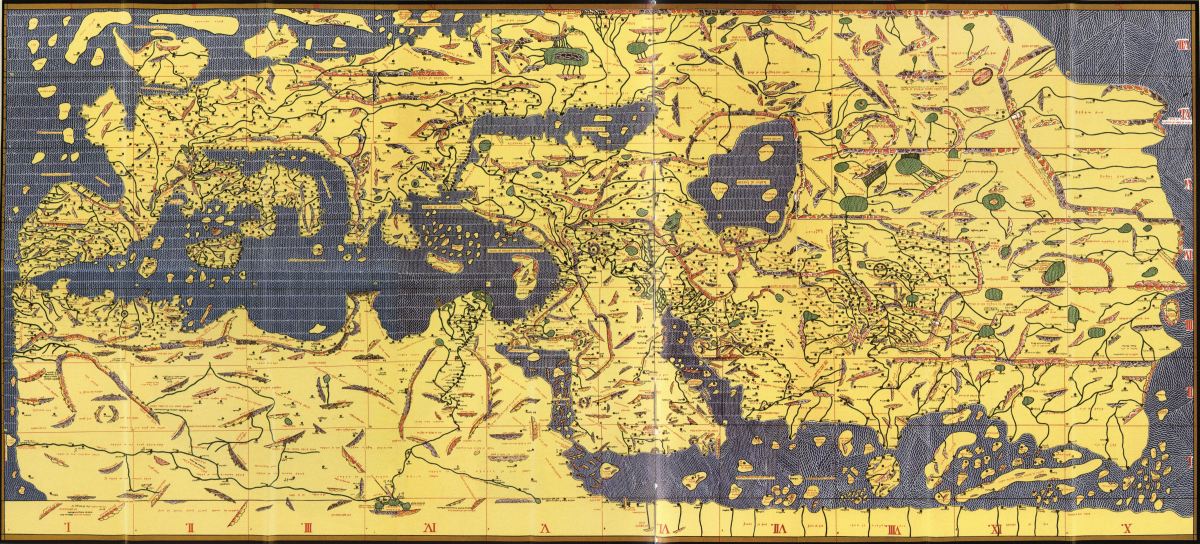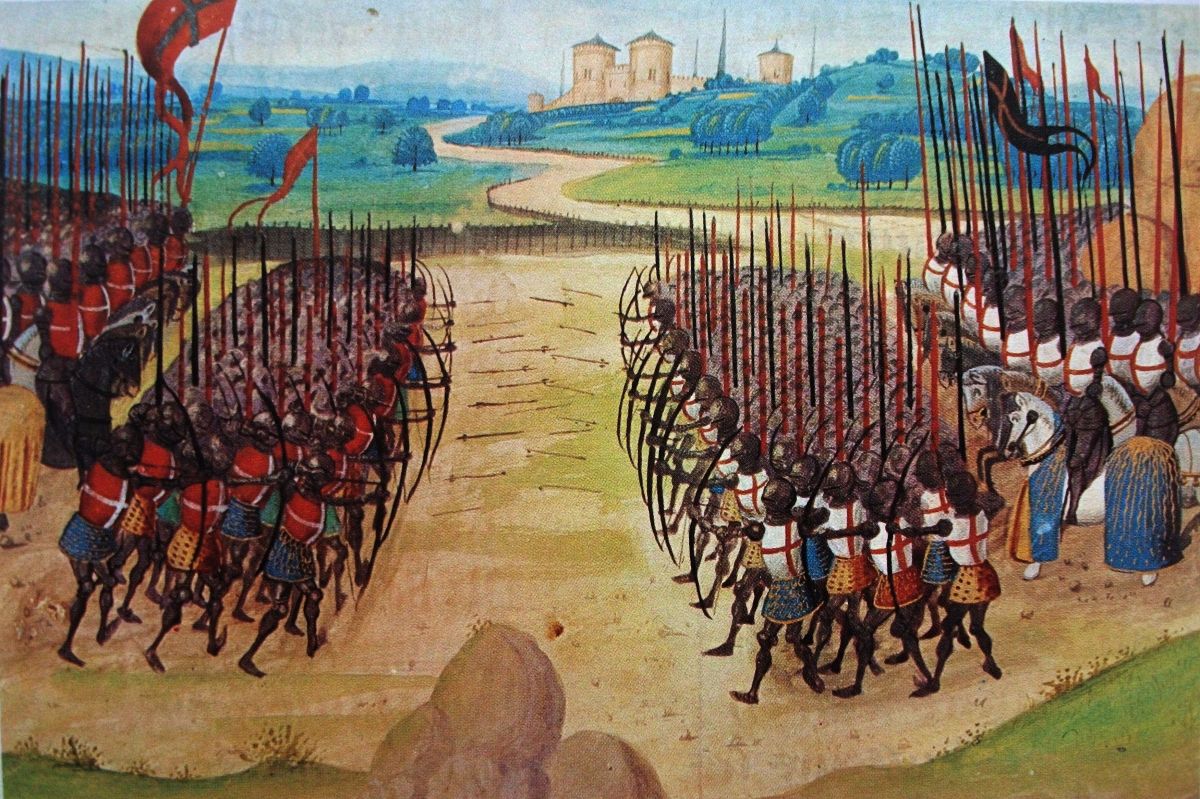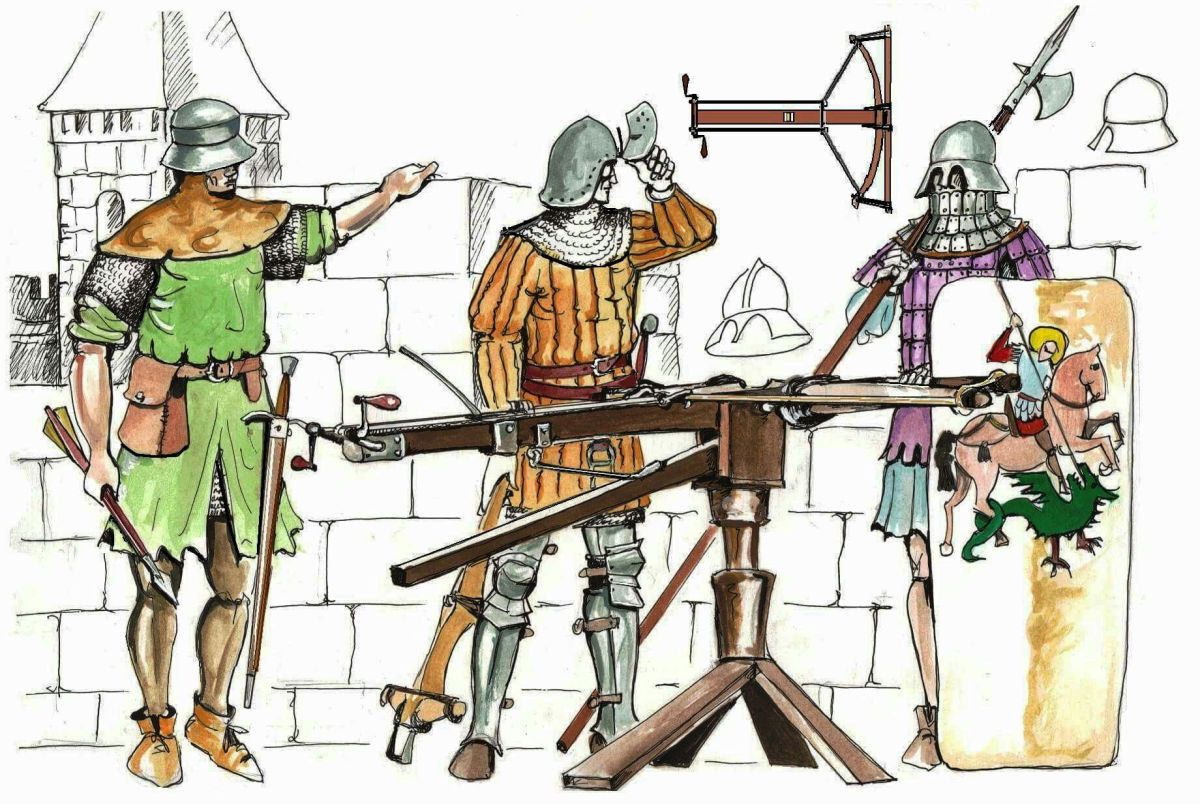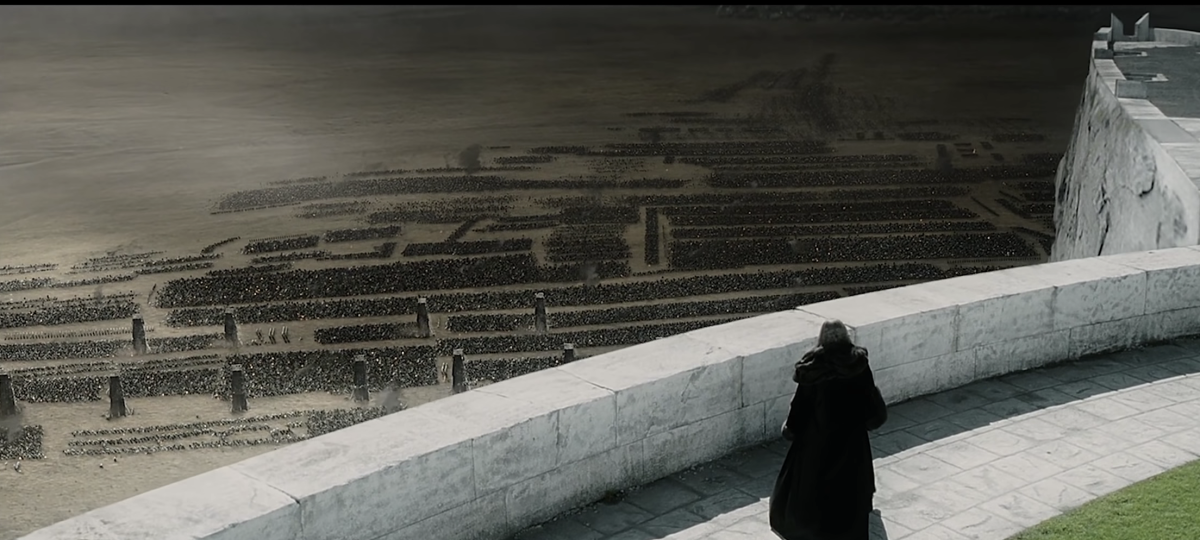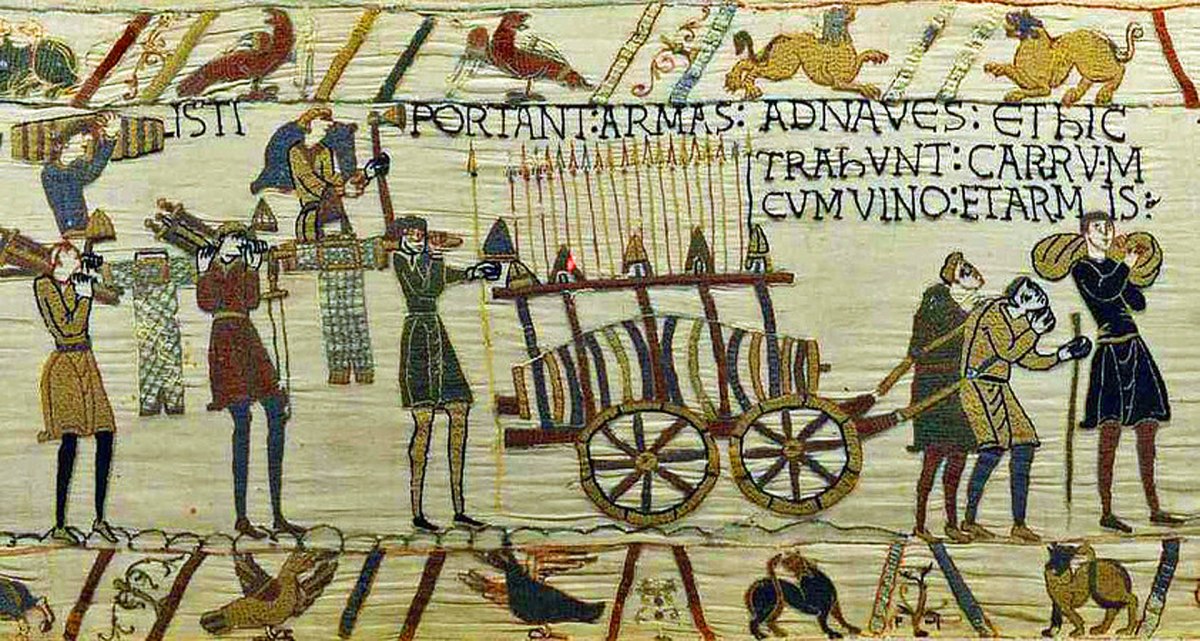DocSolarisReich
Esoteric Spaceman
The other popular high quality armor is the brigandine, which offers nearly as much protection as plate armor but is much easier to make because it retains its shape using cloth or leather rather than metal links.
And many small plates riveted into a textile or leather sandwich are easier/cheaper/more efficient to manufacture than a single large plate for a breast or back.

